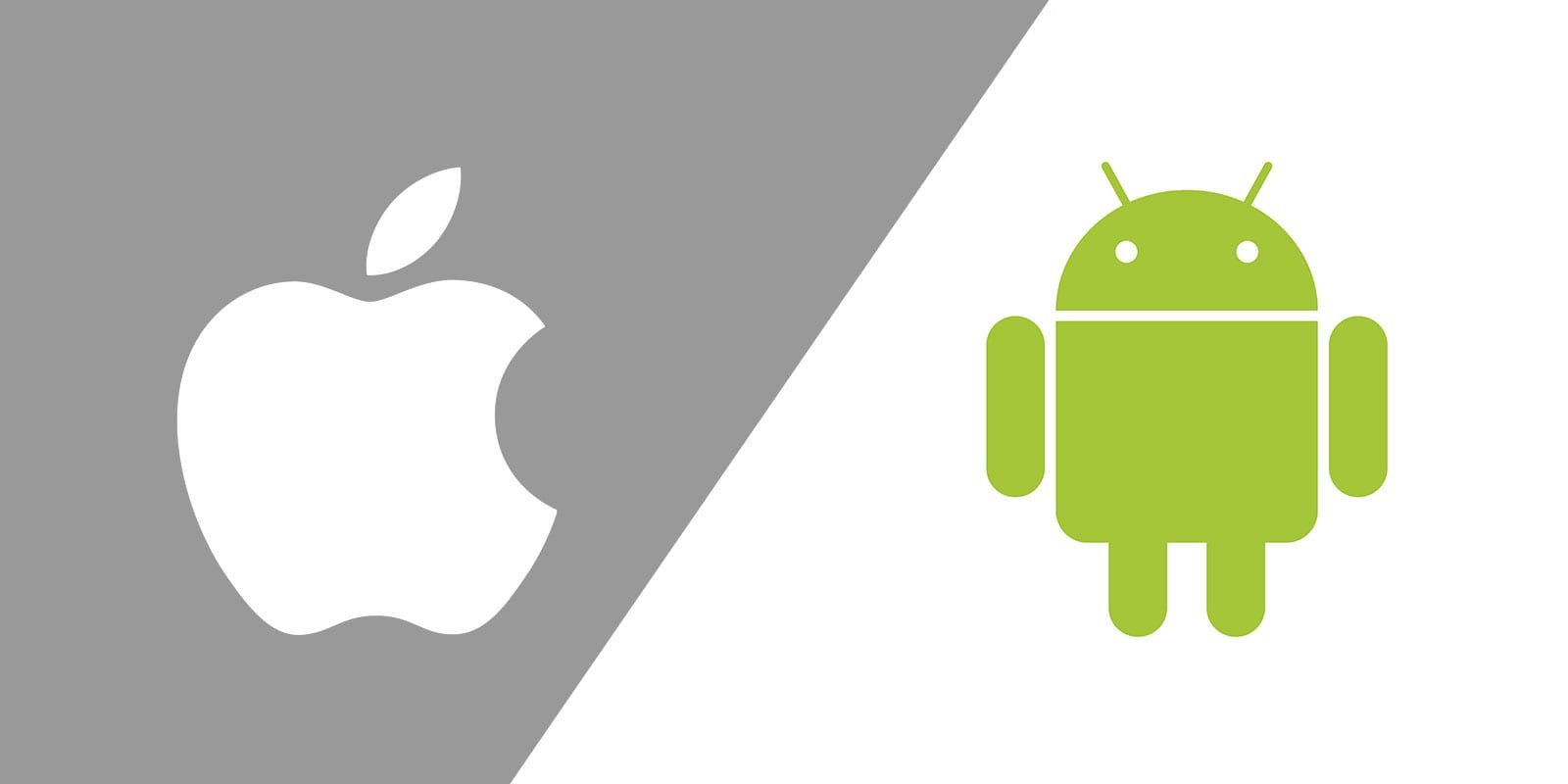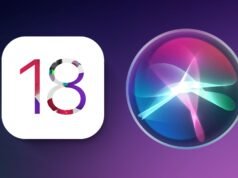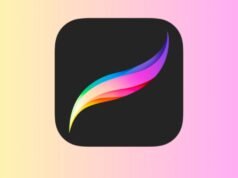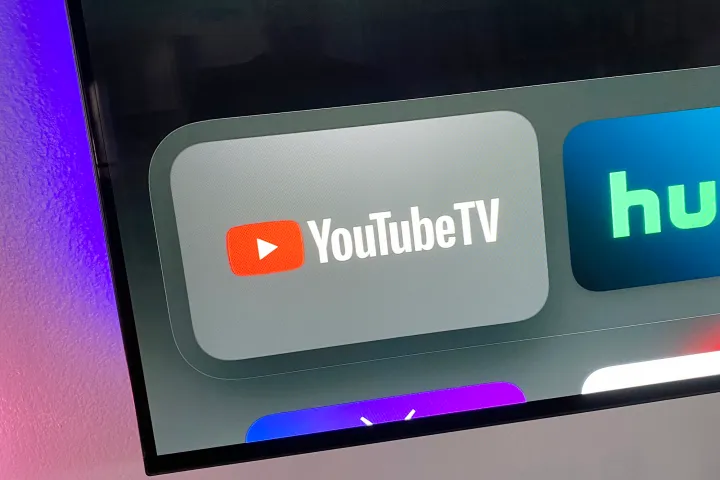In the ever-evolving landscape of operating systems, Microsoft’s Windows finds itself at a critical junction. The choice between mirroring Apple’s tightly integrated ecosystem or embracing Android’s open collaborative approach is more than just a technical decision; it’s a strategic move that could redefine Windows’ future market positioning.
Windows: A Platform of Flexibility
Historically, Windows has stood out for its flexibility, offering a user-friendly interface that supports a broad array of hardware and software. This openness is a significant part of its competitive edge against platforms like Apple’s macOS and iOS, which are more closed and controlled.
Embracing the Android Ecosystem
Recent strategies have seen Microsoft lean towards a more inclusive ecosystem approach similar to Android. This is evident from their integration of Android apps within Windows and strategic partnerships that enhance PC-to-mobile connectivity. Tools like Microsoft Launcher and Your Phone exemplify how Windows facilitates a seamless workflow between PCs and Android devices, thereby ensuring that Windows remains relevant in a predominantly mobile market.
Apple’s Influence: A Call for Integration
On the other hand, there’s an undeniable allure to Apple’s ecosystem. Its success lies in a seamless integration of hardware and software, providing a streamlined user experience. For Microsoft, this presents an opportunity to enhance their ecosystem’s cohesion, potentially increasing user retention and satisfaction by creating a more integrated experience.
Innovation and User Experience
Microsoft’s approach to innovation often balances between these two paradigms. With regular updates and new features in its Office suite and cloud services, Microsoft aims to keep its products competitive and appealing. The introduction of cloud-based tools and services that work across multiple devices, regardless of the operating system, is a testament to Microsoft’s commitment to accessibility and functionality.
Microsoft’s current crossroads between adopting a more Apple-like integrated ecosystem or continuing down the path of Android’s openness will significantly influence its future. Each choice offers distinct advantages: Apple’s model promises enhanced user engagement through a unified experience, while Android’s openness fosters broader innovation and collaboration.
As Microsoft navigates this strategic decision, the outcome will likely reshape how users interact with Windows, potentially altering its market position in the face of stiff competition from both Apple and Android platforms. The direction Microsoft chooses will hinge on its broader business objectives, aiming to strike a balance between control, innovation, and user accessibility.


















